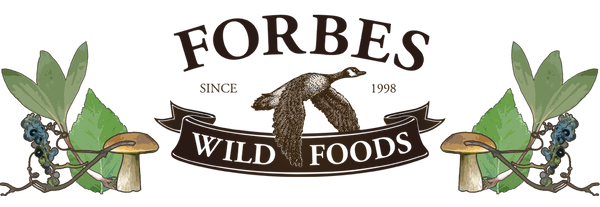Irish Moss
Irish Moss
As the common name Irish moss (Chondrus Crispus) suggests, this species of red algae grows on north Atlantic Ocean coasts, but not only on Irish shores. Our Irish Moss is sustainably harvested and naturally dried in Nova Scotia. This small sea vegetable has thin fan-like branches, so we suggest that before using it you rinse it in a few changes of water to wash any residual sand away.
Irish moss contains carrageenan, which acts as a powerful thickener. This makes it useful for jelling custards and thickening broths. Use half an ounce of Irish moss to three cups of whatever liquid you are jelling, bring to a boil, simmer for fifteen minutes then purée the mixture. To add body to clear soups, add a very sparing amount of well-rinsed Irish moss, chopped finely.

